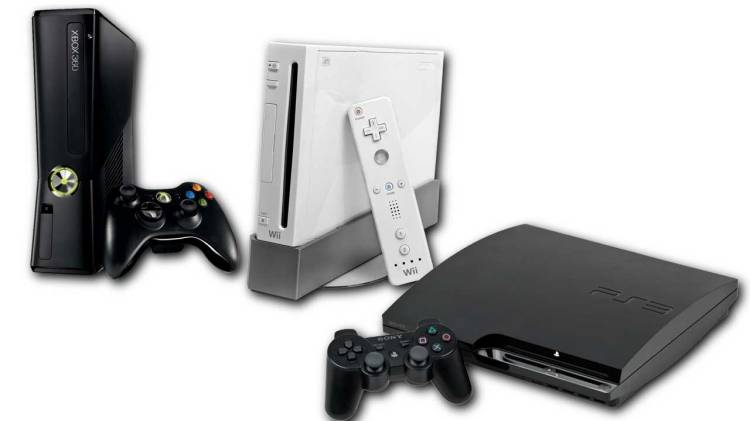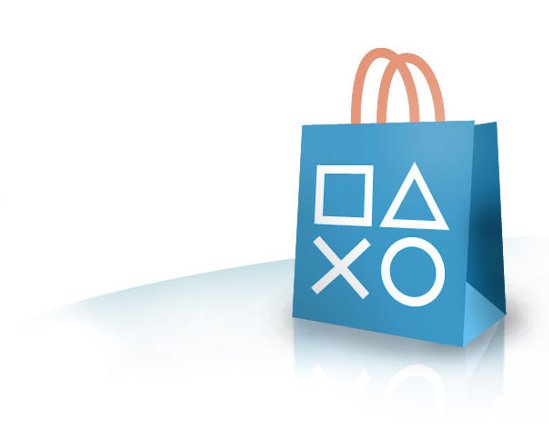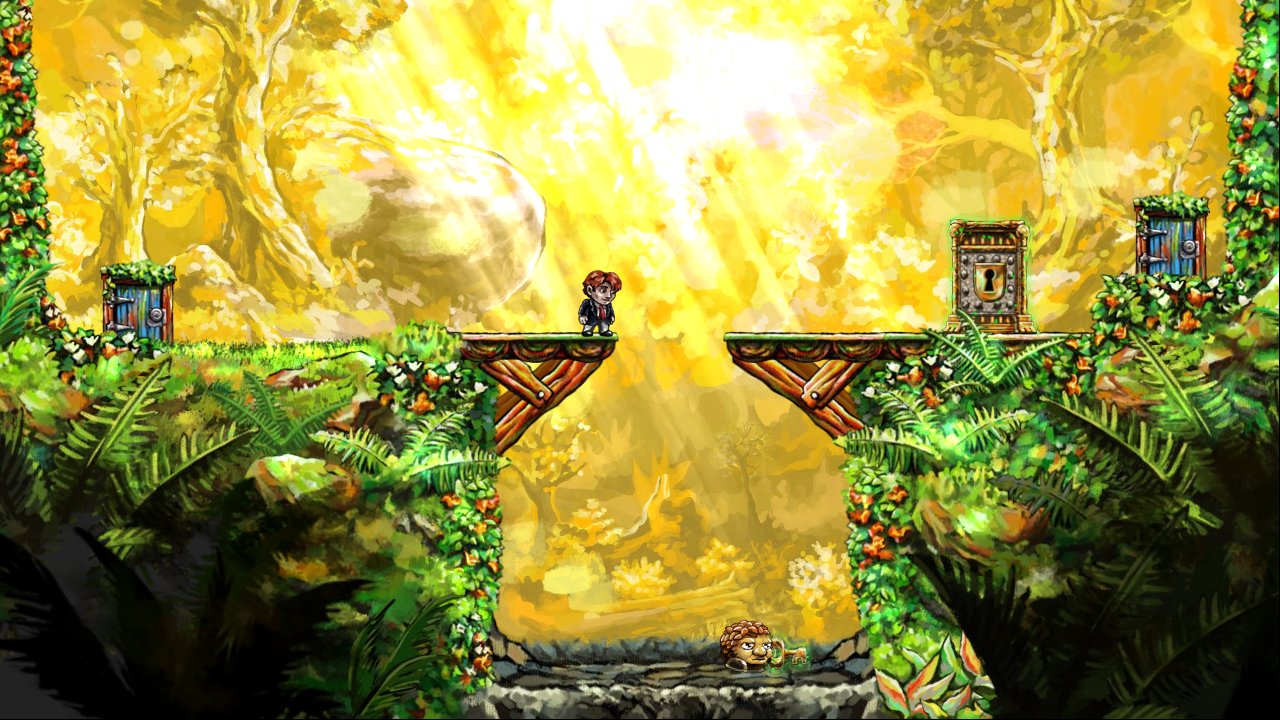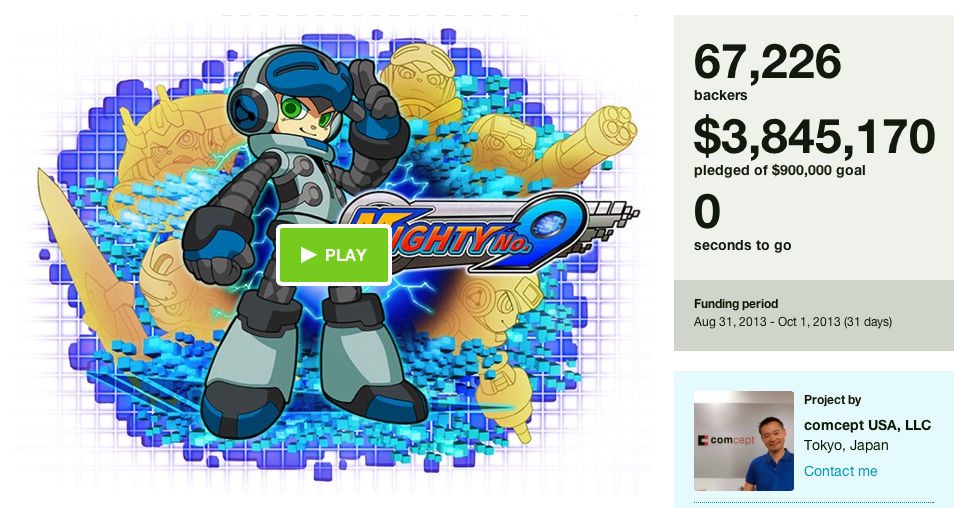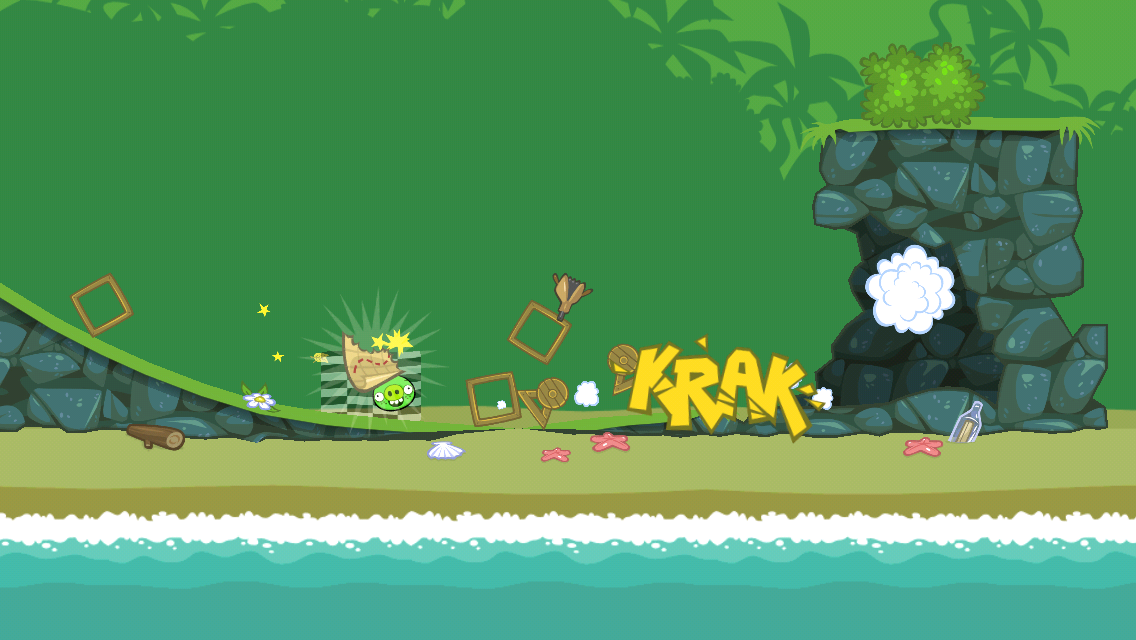This is part of our ongoing series about games and trends of one of the most longest-lived eras in gaming’s history — the Xbox 360/PlayStation 3 generation.
As we wave goodbye to this console generation, it’s worth taking a look at some of the coolest things the game industry brought us over these past eight years. We definitely saw a lot of changes, and this was possibly one of the most eventful round of consoles in a long time. We saw motion control. Digital distribution became mainstream over the past few years. Mobile gaming gave handhelds some serious competition. Whether or not you were a fan of some of these, it’s likely that they’ll have a significant impact on how we buy and play games for the foreseeable future.
Motion control makes gamers out of everyone
The Wii isn’t the first console to feature motion controls (we all try to forget the Power Glove was ever a thing), but it’s the first to popularize the idea and do it well. Nintendo’s Wii became such a success that rival console makers Microsoft and Sony introduced their own motion control solutions. Sony launched the PlayStation Move and Microsoft brought us Kinect. Perhaps the most interesting thing that came of this was casual gaming. Players used to traditional control methods saw it as a gimmick, but the ease of control turned the uninterested into full-fledged gamers. Below is a cute video of elderly folks in a hardcore Wii Sports Bowling tournament.
The Wii continued to outsell the Xbox 360 and PlayStation 3 during its first years on the market. It’s lost a lot of its steam, but it managed to hit the 100 million mark earlier this year.
The rise of digital distribution brings convenient ways to buy games
Digital distribution isn’t a new idea, but increased hard drive space in consoles and the availability of faster Internet connections have made it much more viable. Online outlets like Steam and Apple’s App Store helped push it along. Now, it’s not uncommon for a console game to release in both digital download and disc format. Publishers and developers seem to approve, especially since it cuts back on the used games market. Retailers still try to make their share by selling download cards for some of these digital releases. Even Nintendo, which was always shy with its online strategy, noted that its digital sales are up this year.
Independent developers are feeling the love
In the past, being an independent developer pretty much meant you were working on PC or Flash games. Currently, indies get plenty of love, especially on consoles. Digital distribution now makes it easier than ever for a small team to create and release a game within a budget they can afford. Sony has made it a point to show its support for independent studios during its PlayStation 4 conference. Developers will undoubtedly see continued success. Moving into this next generation, Sony wants more indie developers, and Microsoft will eventually wants the retail Xbox One to function as a dev kit.
Online multiplayer is now a requirement
Playing online with buddies is something PC gamers have done for years. This wasn’t such a big thing for console gamers before Xbox Live. Back then, it felt more like a feature. However, with the introduction of the Xbox 360, PS3, and Wii generation, online multiplayer became a requirement for any competitive game or shooter. Just check out how upset some folks were when games didn’t offer online multiplayer. Maybe they’re not the majority, but they are definitely a vocal crowd.
Crowdfunding gives developers a way to bypass publisher control
Developer Double Fine showed us how successful a crowdfunding campaign can be when it shattered Kickstarter records for its Adventure game. A team of veteran Mega Man developers raised $3.8 million for Mighty No. 9. Fans fund these games by donating their money in hopes that the developers deliver the final product as promised. This also eliminates the need for publisher funding, which, in turn, means that the developer has full control over the final product. Sometimes they meet expectations, and sometimes they don’t. We’ve also learned that not every Kickstarter is destined for success.
Mobile gaming gives handhelds some serious competition
Mobile gaming has reached a level where it competes with dedicated handhelds. Not long ago, mobile devices were pretty much limited to playing Snake or Breakout. The N-Gage was a cellphone designed for gamers, but it turned out to be a colossal failure. When Apple launched the App Store, it became a huge success. The iPhone became an unexpectedly popular gaming platform thanks to the availability of development tools and an abundance of eager game makers. From the looks of it, mobile gaming is cutting into the revenue of traditional consoles and handhelds. Mobile games are part of the reason we have seen an increase in digital distribution and indie games. One or two dollar games are perfect bait for impulse buyers, and they are readily available through online stores.
